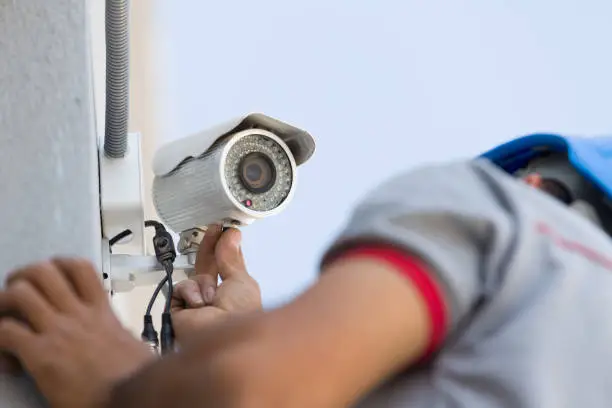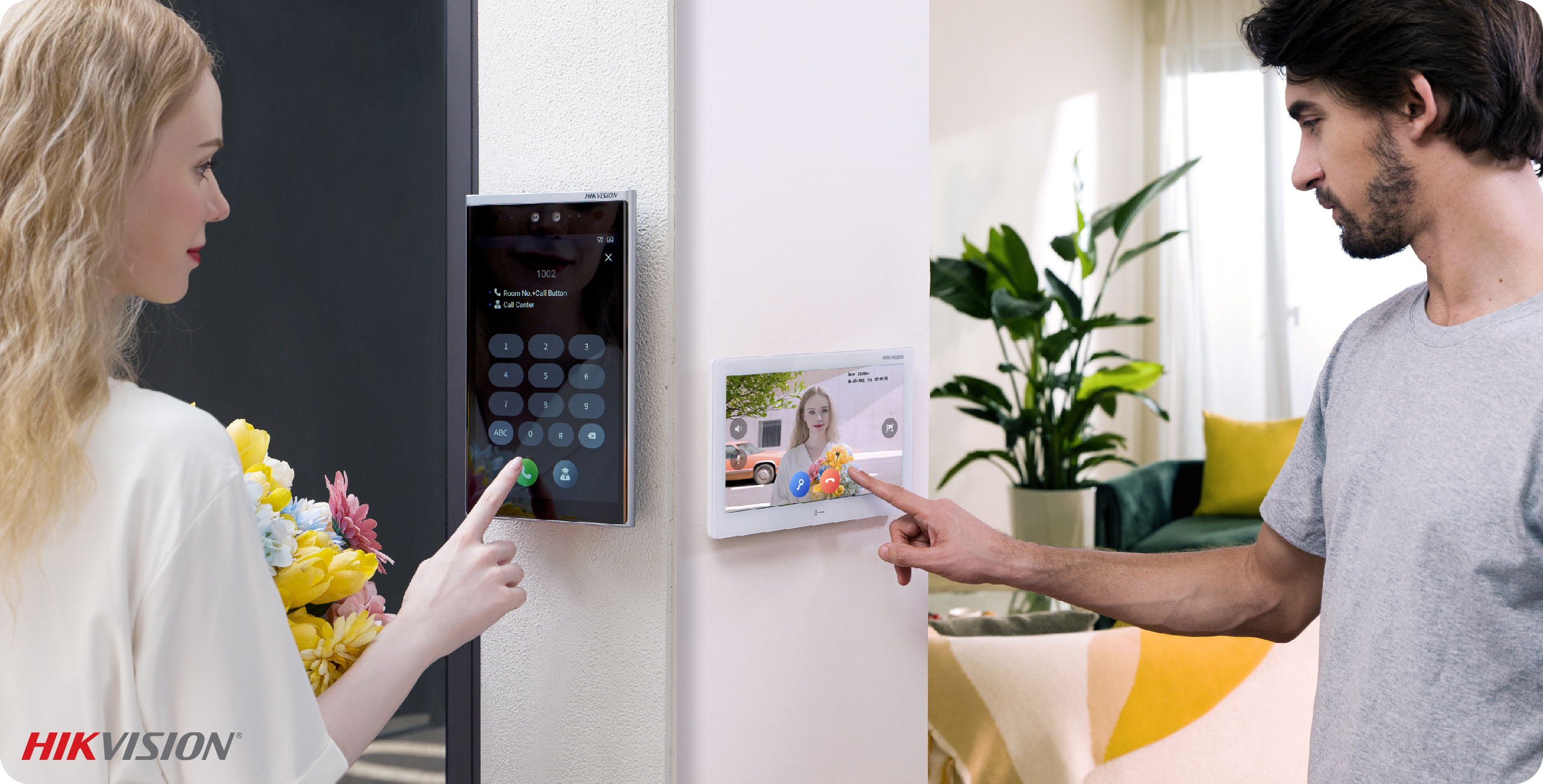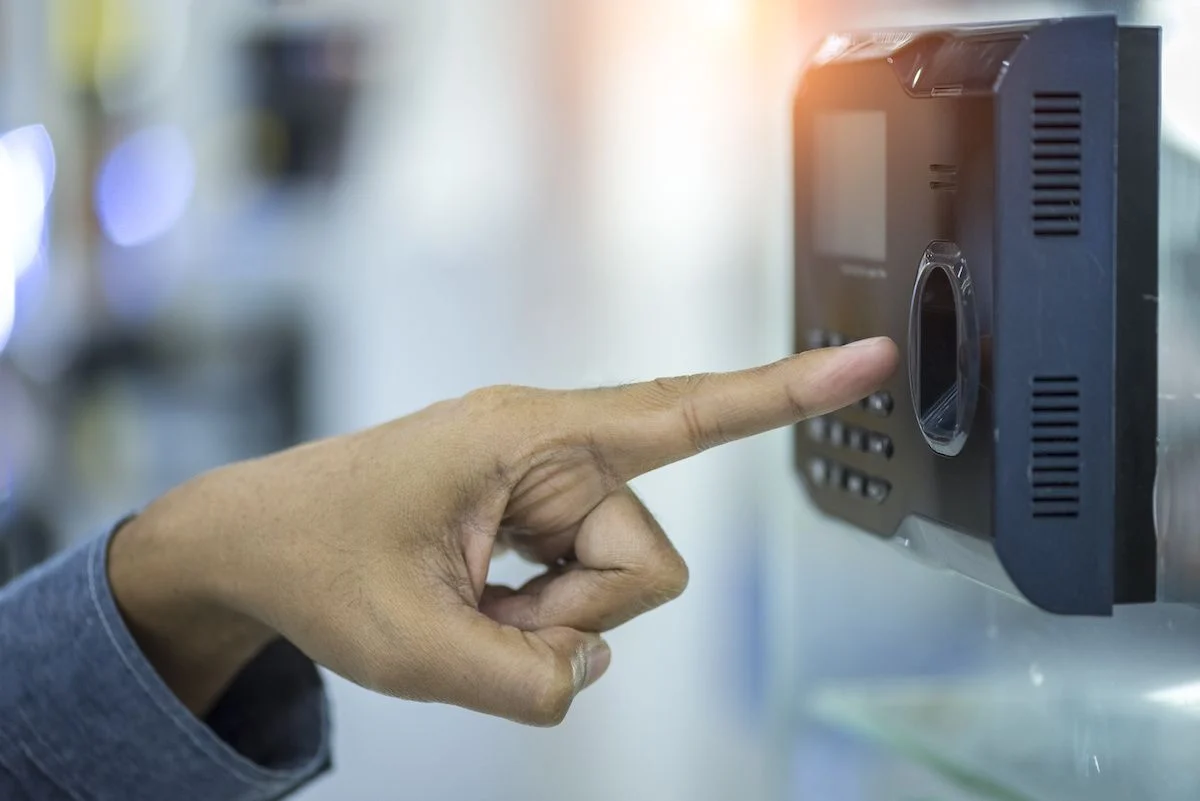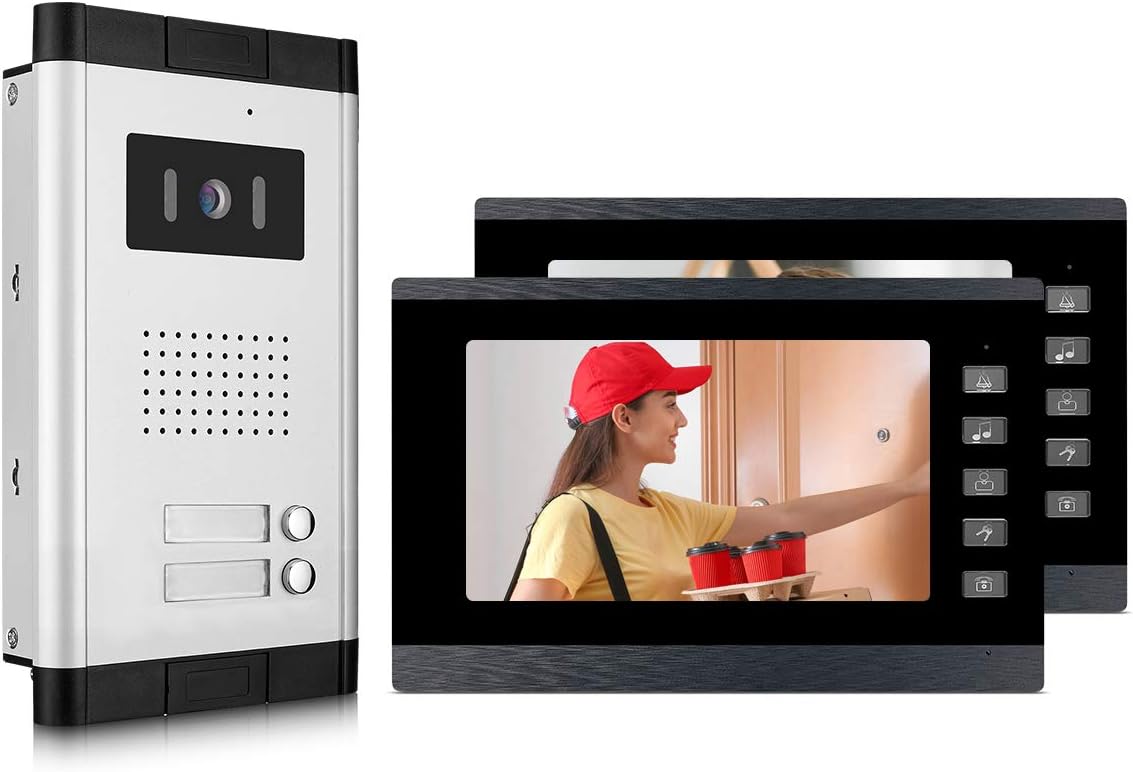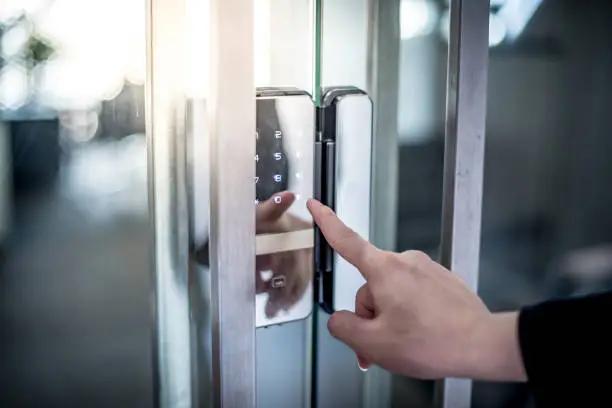CCTV (Closed-Circuit Television) installation involves setting up a system of cameras and related equipment to monitor and record activities in a specific area. CCTV systems are commonly used for security and surveillance purposes in a variety of settings, including homes, businesses, public spaces, and government facilities. Here’s a general overview of the steps and considerations involved in CCTV installation:
- Assessment and Planning:
- Determine your specific surveillance needs and objectives.
- Identify the areas you want to monitor and the number of cameras required.
- Consider factors such as lighting, camera placement, and coverage angles.
- Camera Selection:
- Choose the appropriate type of cameras based on your needs (e.g., dome cameras, bullet cameras, PTZ cameras).
- Decide between analog and IP cameras. IP cameras are becoming more popular due to their advanced features and connectivity options.
- Location and Mounting:
- Select suitable locations for camera placement to maximize coverage.
- Ensure that cameras are mounted securely and protected from vandalism and weather conditions.
- Wiring and Power:
- Run cables (usually coaxial or Ethernet) from the cameras to a central location where the recording equipment will be installed.
- Make sure to provide power to each camera, either through Power over Ethernet (PoE) or separate power cables.
- Recording Equipment:
- Install a Digital Video Recorder (DVR) or Network Video Recorder (NVR) to store and manage the video footage.
- Ensure proper ventilation and security for the recording equipment.
- Network Setup:
- If using IP cameras, configure the network settings to connect the cameras to the NVR or a remote monitoring system.
- Configuration:
- Set up the cameras to capture the desired angles and adjust settings such as resolution, frame rate, and motion detection.
- Monitoring and Remote Access:
- Configure remote access to the CCTV system, allowing you to view live or recorded footage on smartphones, tablets, or computers.
- Testing and Calibration:
- Ensure that all cameras are functioning correctly and capturing the desired footage.
- Adjust camera angles, focus, and settings if necessary.
- Maintenance:
- Regularly maintain and clean the cameras and recording equipment.
- Check for any technical issues and address them promptly.
- Compliance and Legal Considerations:
- Be aware of any legal requirements and privacy regulations that may apply to your CCTV system, such as data protection and signage.
- Training:
- Train staff or users on how to operate and access the CCTV system effectively.
It’s important to note that CCTV installation should be carried out by professionals or individuals with a good understanding of security systems to ensure its effectiveness and compliance with local laws and regulations. Additionally, ethical and privacy considerations should be taken into account to use CCTV systems responsibly and respect the privacy of individuals within the monitored areas.




